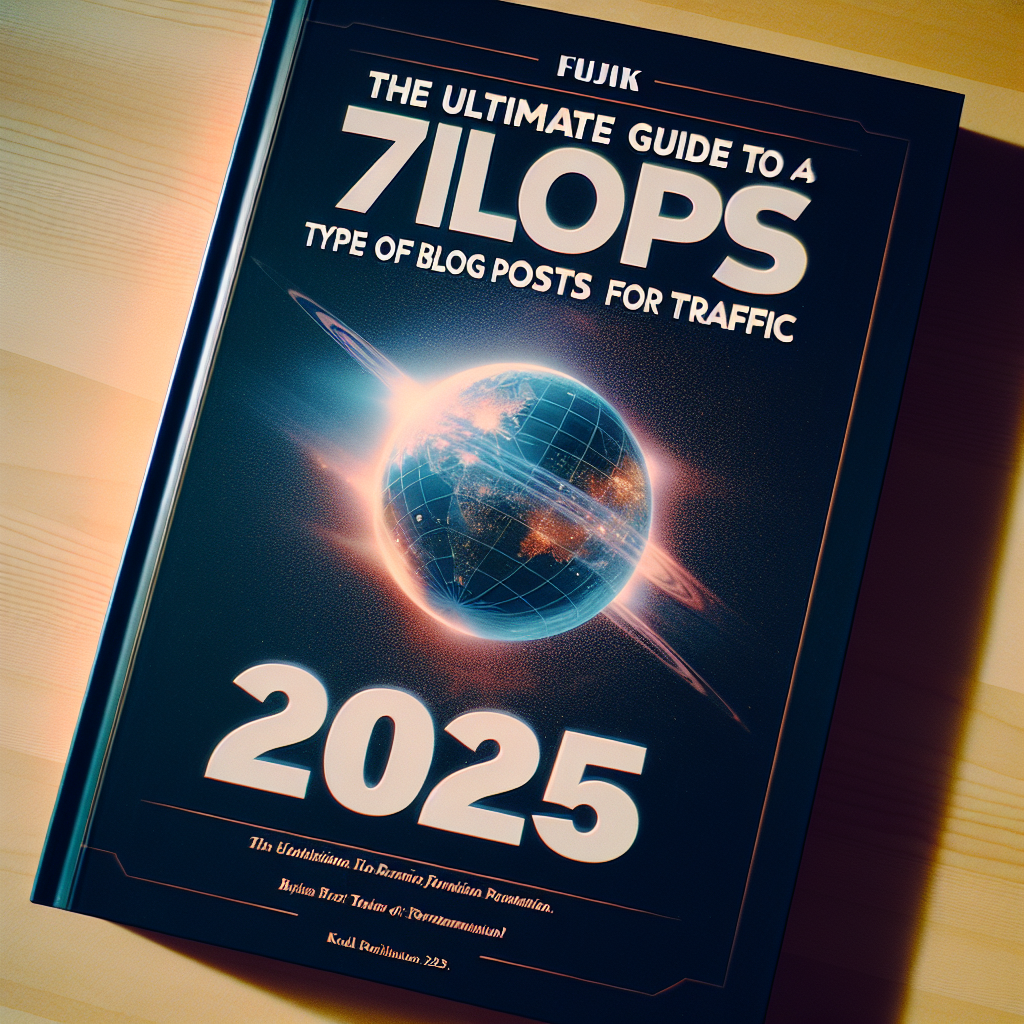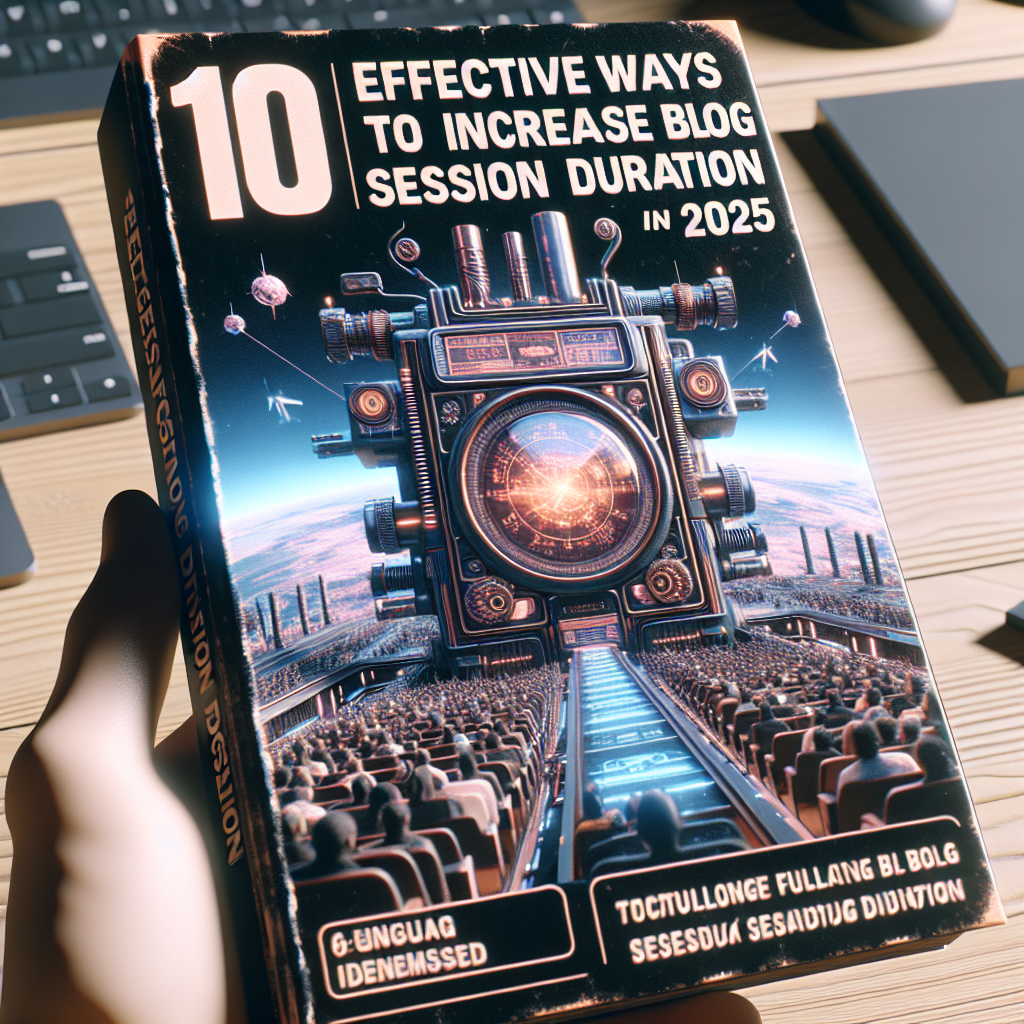- 1. Leverage AI-Powered Content Generation Tools
- 2. Use Data-Driven Topic Research
- 3. Optimize Content for SEO with AI
- 4. Personalize Content for Your Audience
- 5. Enhance Creativity with AI Assistance
- 6. Automate Publishing and Distribution
- 7. Analyze Performance and Refine Your Strategy
1. Leverage AI-Powered Content Generation Tools
Understanding AI Writing Assistants
One of the key steps in mastering how to create blog content with AI is adopting AI-powered content generation tools. These tools, like GPT-based platforms, allow you to produce high-quality drafts rapidly, saving you countless hours. They can assist in creating outlines, introductions, or even full articles based on your prompts.
For example, in 2025, tools like Jasper or Copy.ai have become more sophisticated, offering context-aware suggestions that align with your niche. They help beginners and experts alike generate ideas and content that resonate with their audience.
When using these tools, it's essential to provide clear prompts and refine the generated content for authenticity. AI can lay a solid foundation, but human editing ensures the final piece reflects your unique voice and expertise.
Best Practices for Using AI Content Generators
To effectively incorporate AI into your content creation process in 2025, set guidelines for tone, style, and keyword integration. Train your AI tools by providing sample texts so they can better match your brand voice. Remember to fact-check and personalize AI-generated content to preserve accuracy and authenticity.
Also, experiment with different inputs and prompts to discover what produces the most engaging results. Over time, you'll develop a workflow that makes how to create blog content with AI a seamless part of your production process.
The result? Faster content creation cycles, higher-quality posts, and more time to focus on strategic growth.
2. Use Data-Driven Topic Research
Harnessing Analytics and Trends
Knowing how to create blog content with AI effectively starts with choosing the right topics. In 2025, AI-driven analytics tools can analyze vast amounts of data from social media, search trends, and competitor content to identify what your target audience finds compelling.
Platforms like BuzzSumo or SEMrush utilize AI algorithms to recommend trending topics and keywords. Using these insights ensures your content is relevant and optimized for search engines, increasing your chances of ranking higher.
Regularly leveraging data-driven research helps you stay ahead of competitors by creating blog posts that align with current interests and future trends.
Creating Content Calendars Based on Data
Once you’ve identified trending topics, AI tools can assist in building content calendars that schedule posts at optimal times. This strategic planning maximizes engagement and ensures consistent publishing.
AI can also suggest related subtopics and questions to expand your content scope, making your blog comprehensive and authoritative.
This systematic approach equips you with a clear roadmap, streamlining the process of how to create blog content with AI that both appeals and performs well.
3. Optimize Content for SEO with AI
Using AI for Keyword Optimization
In 2025, SEO remains critical for successful blogging. Learning how to create blog content with AI includes leveraging AI tools like Surfer SEO or MarketMuse, which analyze top-ranking pages and recommend keywords, headers, and semantic variations.
These tools help you incorporate keywords naturally, avoiding keyword stuffing while boosting search engine rankings. They also suggest related terms that improve content relevance and comprehensiveness.
Consistent SEO optimization stays vital because search algorithms continually evolve, and AI tools adapt quickly to these changes, keeping your content competitive.
Content Structuring and Readability Improvements
AI can assist in structuring your articles for scanning and readability, which are key ranking factors. Properly formatted headers, bullet points, and concise paragraphs enhance user experience and SEO.
By analyzing top-performing blog posts, AI tools recommend ideal content layouts, ensuring your posts are both engaging and easily digestible for your audience.
Mastering SEO optimization with AI is essential to make sure your blog content reaches a broader audience in 2025.
4. Personalize Content for Your Audience
Using AI to Understand Your Audience
In today’s digital landscape, personalization is key. To answer how to create blog content with AI that truly connects, leverage AI analytics to understand your audience’s preferences, behaviors, and pain points.
Tools like HubSpot or Mailchimp utilize AI to segment your audience and tailor content accordingly, increasing engagement and conversions.
Personalized content fosters loyalty and positions your blog as a reliable resource tailored to your readers' needs.
Creating Dynamic, Customized Content
AI enables the creation of dynamic blog posts that adapt based on user data. For example, your blog could display personalized recommendations or content variations depending on visitor demographics.

This approach makes a significant difference in user experience, encouraging longer site visits and higher interaction rates.
In 2025, mastering how to create blog content with AI means embracing personalization to boost your blog’s relevance and effectiveness.
5. Enhance Creativity with AI Assistance
Generating Innovative Ideas
AI is not just for automation; it can be a creative partner. When figuring out how to create blog content with AI, use it to brainstorm unique angles, titles, and content ideas.
ChatGPT and other AI tools can simulate brainstorming sessions, offering fresh perspectives you might not have considered.
This boosts the originality and variety of your blog, helping you stand out in a crowded digital space in 2025.
Structuring Content for Maximum Impact
AI can assist in structuring your ideas cohesively by suggesting outlines, logical flow, and engaging hooks. This ensures your content is not only creative but also well-organized and reader-friendly.
Using AI to enhance creativity leads to more compelling stories, data-driven insights, and memorable posts that resonate with your audience.
Mastering this aspect of how to create blog content with AI elevates your blogging game in 2025.
6. Automate Publishing and Distribution
Streamlining Publishing Workflows
In 2025, automation is more advanced than ever. Use AI tools to schedule posts, optimize publishing times, and distribute content across multiple channels seamlessly.
This reduces manual effort, ensures consistency, and maximizes audience reach. Platforms like Hootsuite or Buffer incorporate AI to determine optimal posting times based on user engagement data.
Automated workflows allow you to focus more on content quality and strategy, knowing the distribution process runs smoothly.
Distribution Optimization for Greater Impact
AI can also assist in identifying the best channels for your content. Understanding where your audience is most active helps you allocate resources effectively.
Moreover, targeted AI-driven email marketing campaigns improve the chances of your blog content reaching the right eyes at the right time.
Embracing automation in distribution is essential for efficiently scaling your content efforts in 2025.
7. Analyze Performance and Refine Your Strategy
Using AI to Track Content Metrics
To excel at how to create blog content with AI, continuous analysis of your content’s performance is vital. AI analytics tools like Google Insights or Tableau analyze data such as page views, engagement, and conversion rates to provide actionable insights.
This allows you to identify what works, what needs improvement, and where to focus next. Data-driven decision-making leads to more effective content strategies.
Regularly refining your approach ensures sustained growth and relevance.
Fine-Tuning Content Based on Data
Based on AI insights, modify your content topics, formats, or promotional tactics. For instance, if data shows videos outperform text in your niche, incorporate more multimedia content.
Adjusting your strategy based on real-time data keeps your blog competitive and maximizes ROI. This iterative process symbolizes mastery in how to create blog content with AI.
Remember, AI empowers you to make smarter, faster decisions, and adapt proactively for 2025 and beyond.
Conclusion
In 2025, mastering how to create blog content with AI is essential for staying competitive and efficient. From generating ideas to optimizing for SEO, personalizing content, automating workflows, and analyzing results—AI tools offer unprecedented support for bloggers and content marketers alike. By embracing these seven strategies, you can produce high-quality, engaging, and impactful blog posts more efficiently than ever before.
Remember, the future of blogging lies in leveraging AI intelligently and ethically. Keep exploring new tools, stay updated on trends, and continually refine your approach to thrive in the digital landscape of 2025.
FAQs
- 1. What is the best way to learn how to create blog content with AI?
- Start by exploring popular AI writing tools like Jasper or Copy.ai, and experiment with prompts. Combine AI-generated drafts with your editing to develop a workflow that suits your style. Many platforms offer tutorials and communities to support your learning.
- 2. How can AI improve my blog content in 2025?
- AI can streamline your content creation process, enhance SEO, personalize experiences, and provide data insights for continuous improvement, leading to higher engagement and better search rankings.
- 3. Is AI-generated content SEO-friendly?
- Yes, if optimized correctly. AI tools can help you integrate relevant keywords and structure your content for SEO, but it's crucial to review and customize AI outputs to ensure quality and relevance.
- 4. Can AI help with content ideation?
- Absolutely. AI-powered brainstorming tools can generate unique ideas, titles, and angles based on current trends and your niche, helping you stay innovative.
- 5. How important is human editing when using AI to create blog content?
- Very important. AI provides a foundation, but human oversight ensures accuracy, authenticity, and alignment with your brand voice, making your content more impactful.

https://linkupsocialmedia.com/how-to-create-blog-content-with-ai/?fsp_sid=3082








